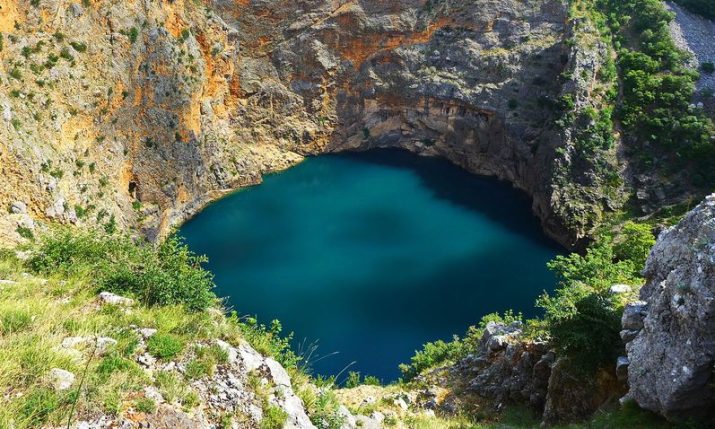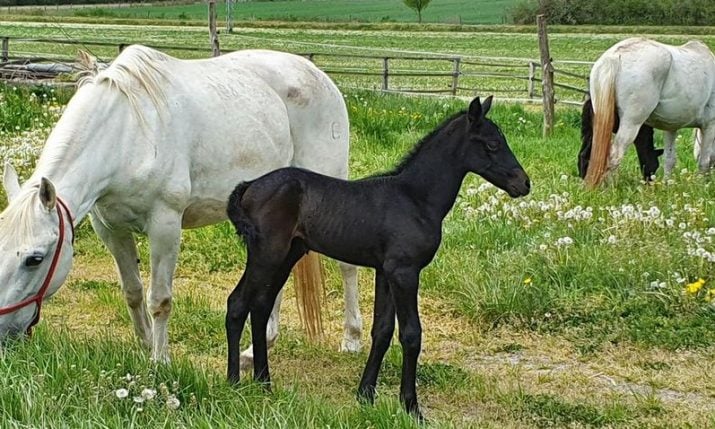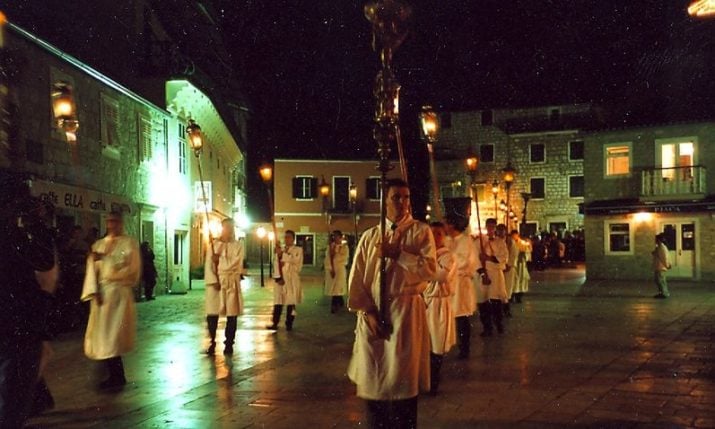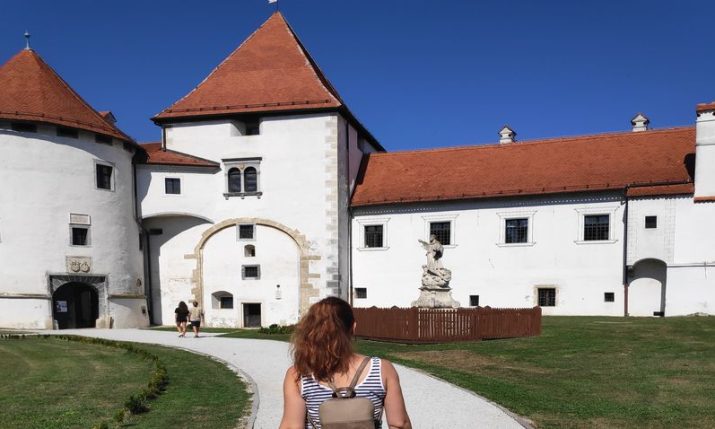Croatia part of multi-country UNESCO nomination
- by croatiaweek
- in News
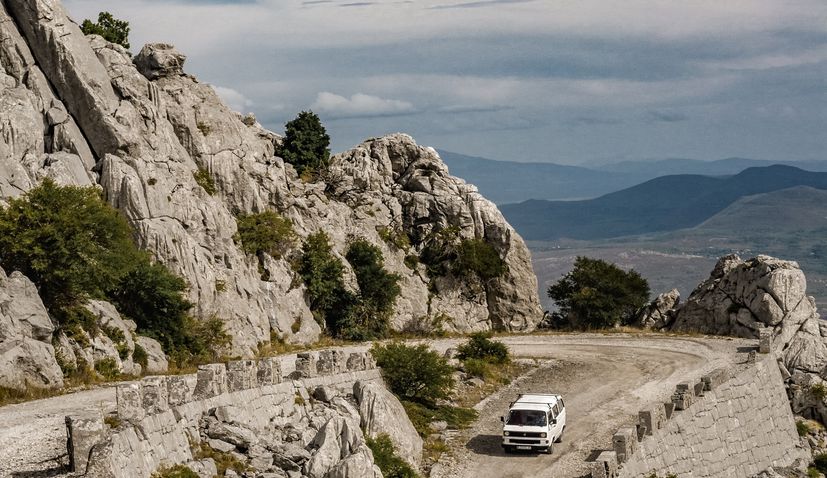
Croatia joins another multinational UNESCO nomination
ZAGREB, 9 Dec (Hina) – Croatia has joined another multinational nomination for UNESCO’s Representative List of the Intangible Cultural Heritage of Humanity by UNESCO’s decision to expand a nomination which refers to the seasonal movement of people with their livestock between geographical or climatic regions.
According to a statement from the Croatian Culture and Media Ministry, UNESCO’s Intergovernmental Committee for the Safeguarding of Intangible Cultural Heritage made the decision to expand the Transhumance nomination at a session in Kasane, Botswana.
Transhumance was inscribed on the UNESCO list in 2019 at the proposal of Austria, Greece and Italy and they have now been joined by Croatia, Albania, Andorra, France, Luxembourg, Romania and Spain.
Transhumance is the practice of seasonal droving of livestock by herders between lower regions and mountain pastures.
This practice originates most probably from the Palaeolithic era when hunters or the entire groups of hunters would chase wild animals as they were seasonally moving in search for food. During the first century B.C. during the period of Roman expansion, the Dinarides region entered the era of recorded history and urban civilisation, which caused further expansion in the use of pastures.
The Middle Ages was the period of genesis of Vlach/Morlach population that was the owner of the traditional transhumance forms that have been preserved until the modern times, either fragmented or modified. In the North Velebit region, there are two epigraphic monuments, Pisani kamen and Dolabelin natpis that witness to the Roman arbitrage in agreements about the division of pastures and access to the water resources on Mount Velebit, the Culture and Media Ministry said.

Velebit (Photo: Ante Samarzija/Unsplash)
In the case of Croatia the nomination refers to the seasonal movement of cattle and herders in the Dinarides region, and fragments of the transhumance practice can still be found in the mountain areas of Istria, Velebit, Lička Plješivica and Dinara.
The Ministry notes that safeguarding this practice is very important for Croatia in terms of revitalising the said areas and making their identity and tradition recongisable, as well as in terms of biodiversity, that is, the preservation of mountain pastures and the economic exploitation of marginal mountain land.

